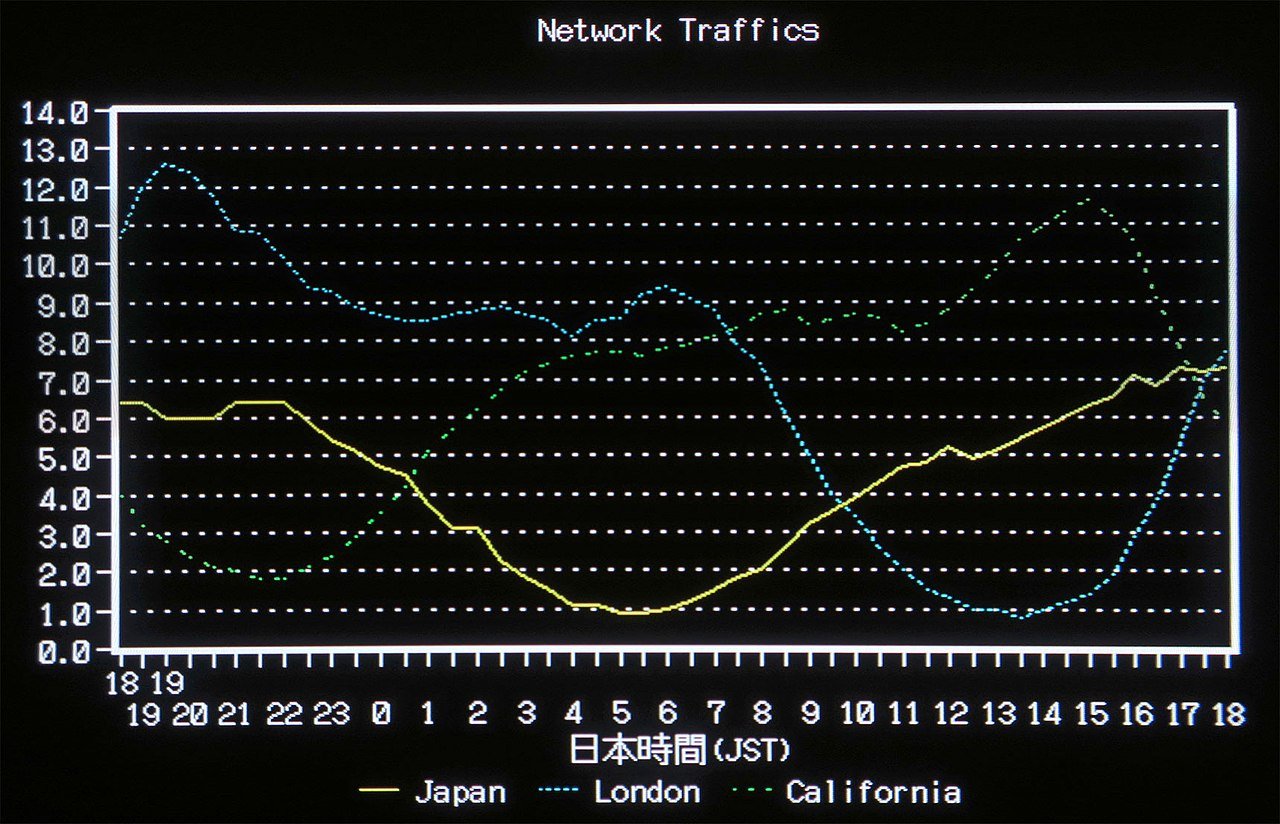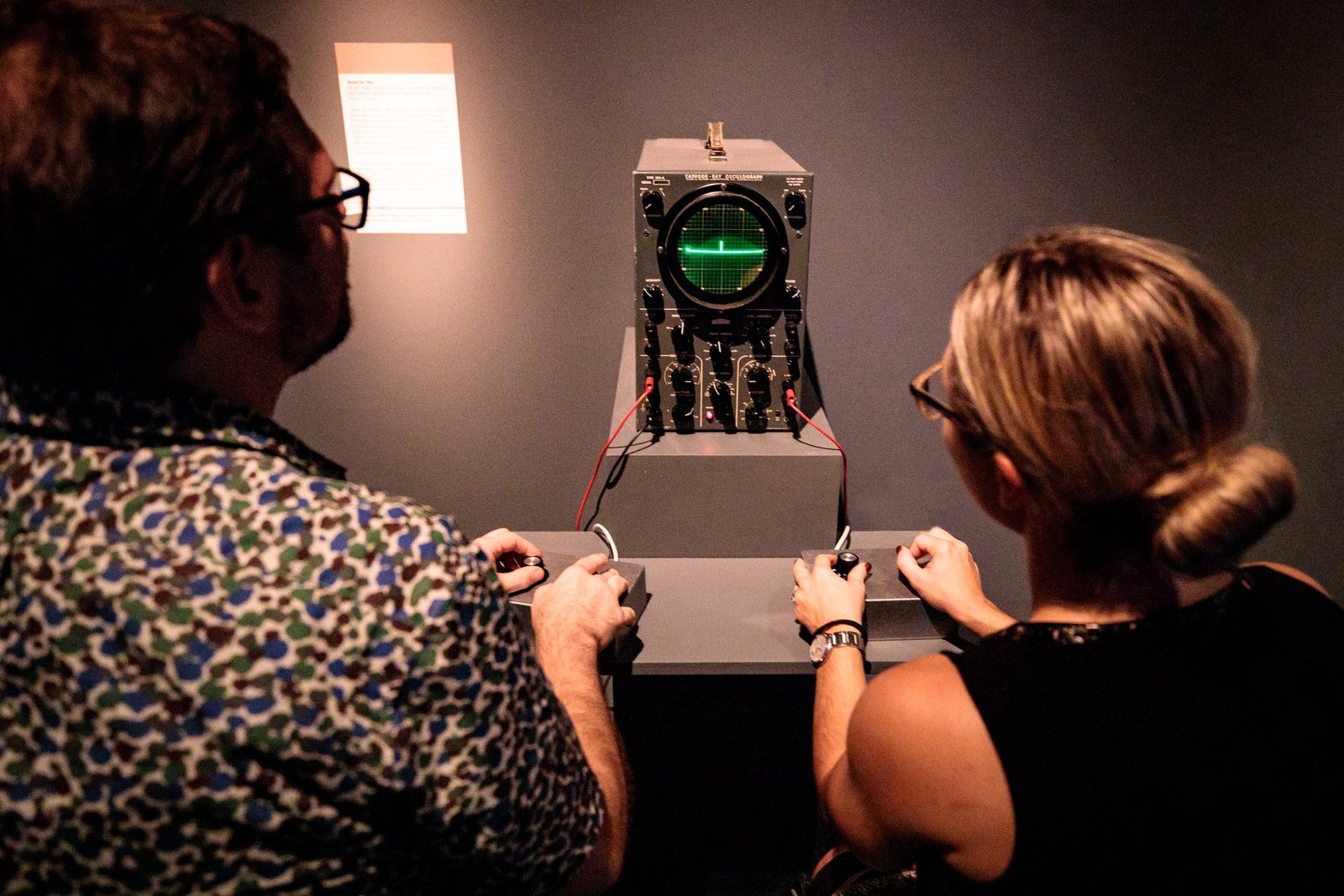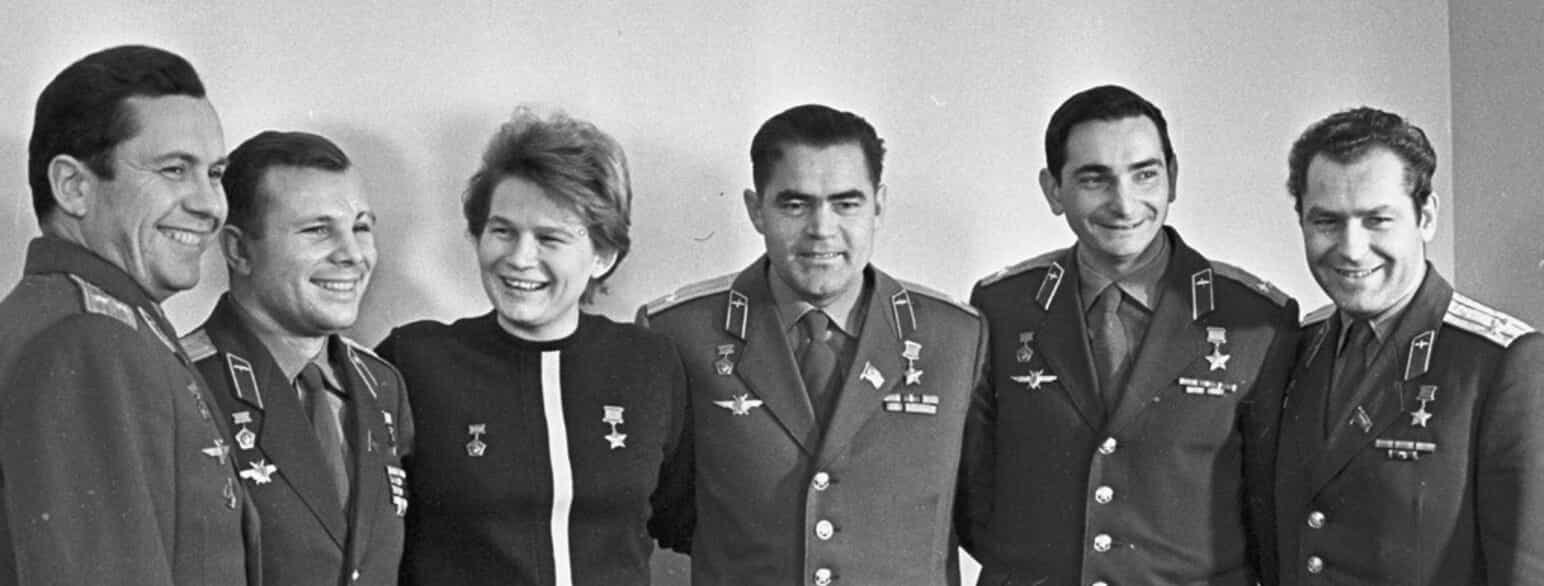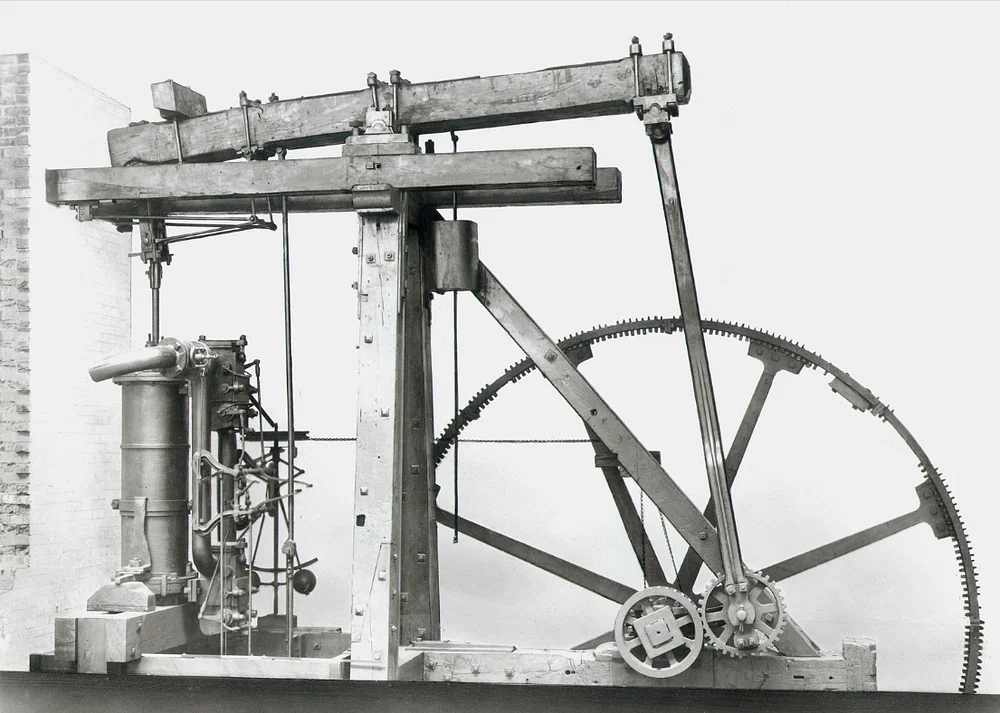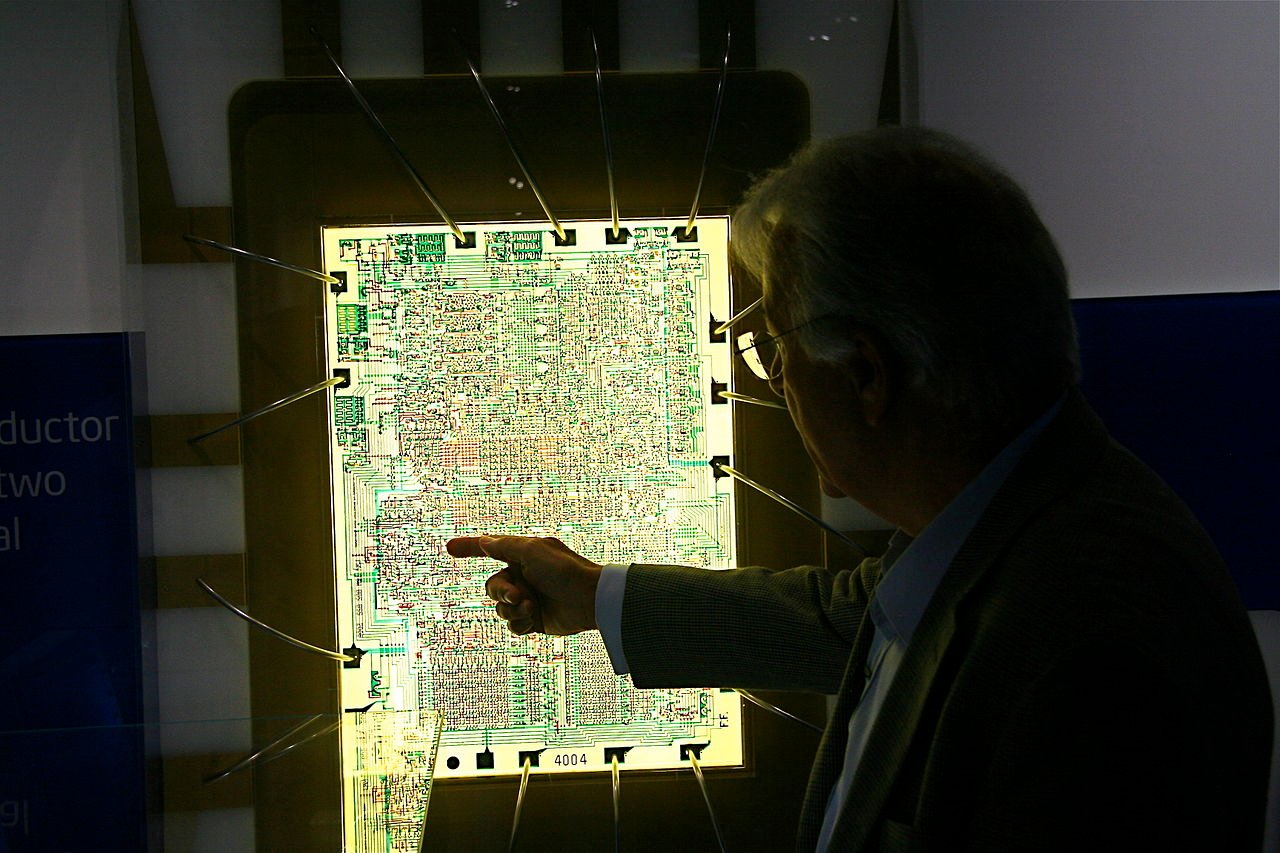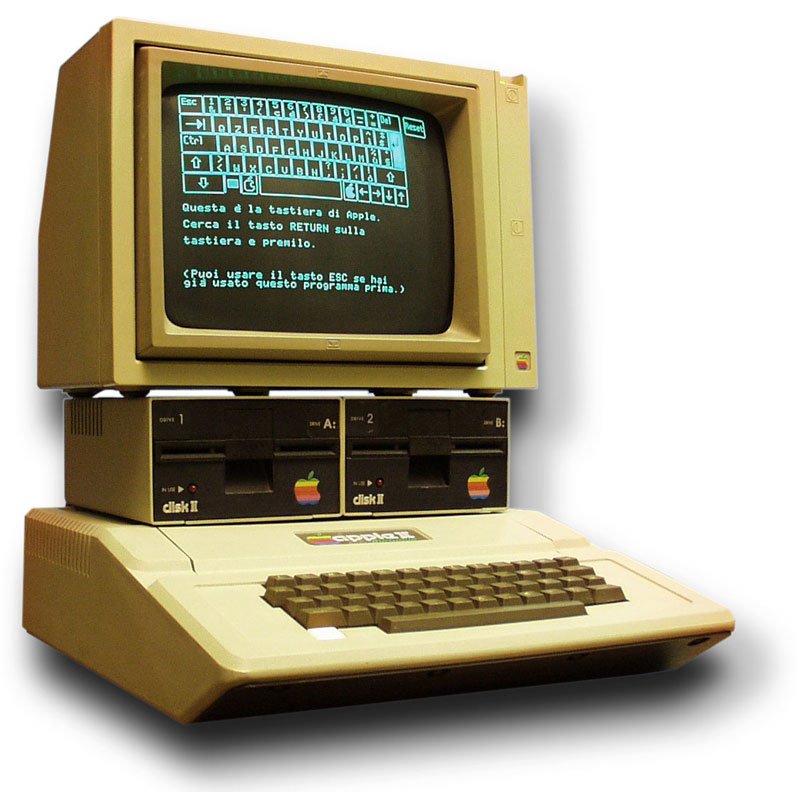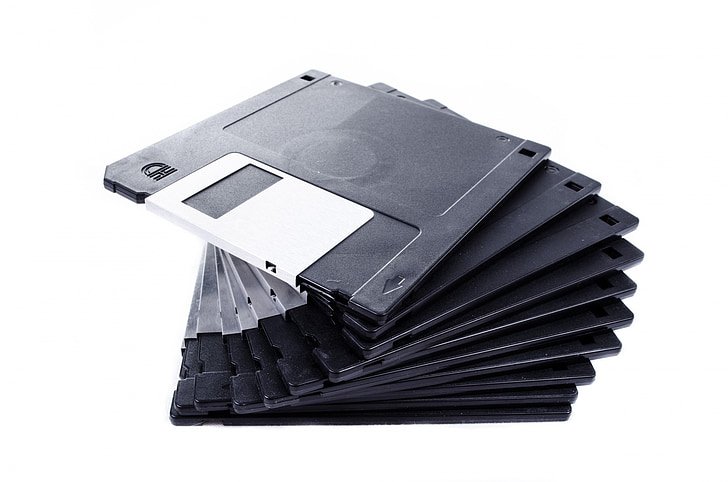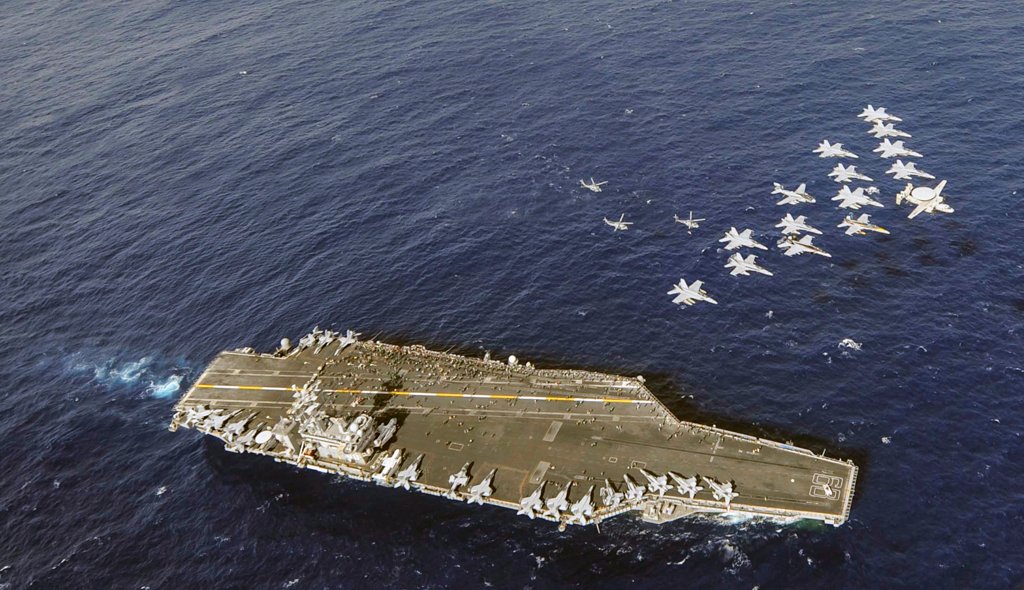World War II was a global conflict that not only reshaped the world’s political landscape but also gave birth to groundbreaking innovations with a lasting tech legacy. While the war brought immense suffering, it also catalyzed remarkable progress. In this blog, we will explore how World War II’s war inventions, such as radar, penicillin, nuclear energy, jet engines, digital computers, and microwave ovens, have transformed everyday life and left an enduring tech legacy.
Table of Contents
What was the most important invention of WW2?
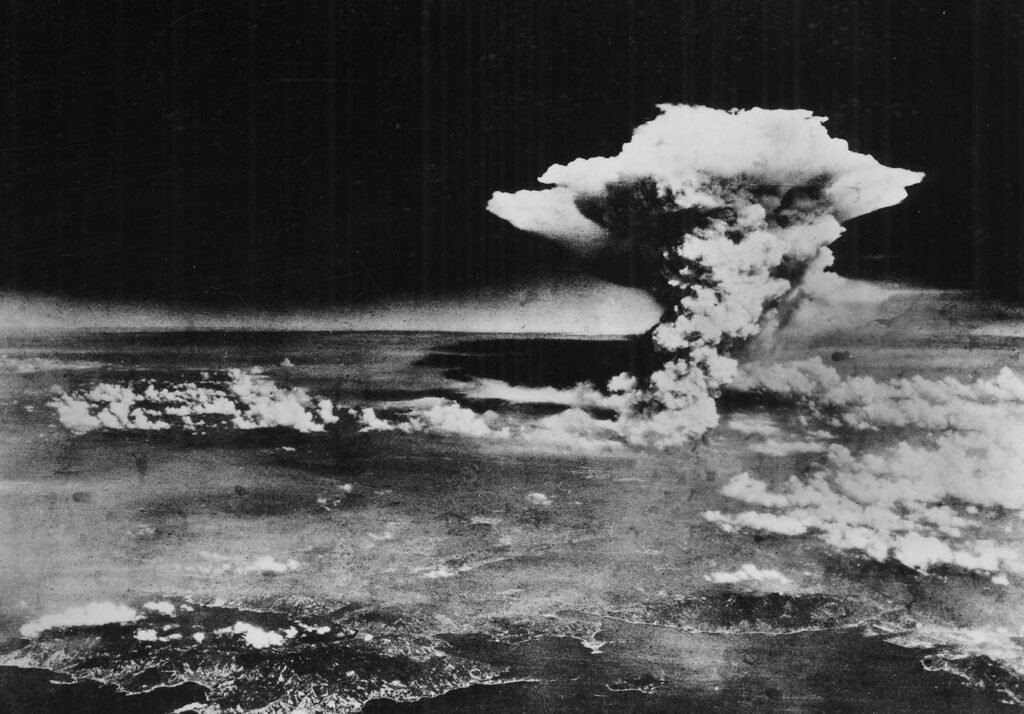
The most important invention of World War II was the atomic bomb. Developed during the Manhattan Project, the atomic bomb’s devastating power was demonstrated with the bombings of Hiroshima and Nagasaki in 1945. These bombings were pivotal in forcing Japan’s surrender, effectively ending the war in the Pacific. The atomic bomb not only reshaped the geopolitical landscape by establishing the United States and the Soviet Union as superpowers but also initiated the nuclear arms race and changed the dynamics of warfare and international relations, making it a transformative invention with far-reaching consequences for the world.
Who had the best technology in WW2?
During World War II, technological advancements were widespread, but several nations stood out as having the best technology in various fields.
The United States led in radar technology, the development of the atomic bomb through the Manhattan Project, and the mass production of aircraft and tanks. Germany was at the forefront of rocket technology with the V-2 rocket and jet propulsion with the Messerschmitt Me 262. The British excelled in code-breaking by creating the Colossus computer and deciphering the Enigma code. Overall, the best technology in WW2 was a result of fierce competition and innovation among the major Allied and Axis powers.
Radar: Pioneering Modern Navigation and Communication
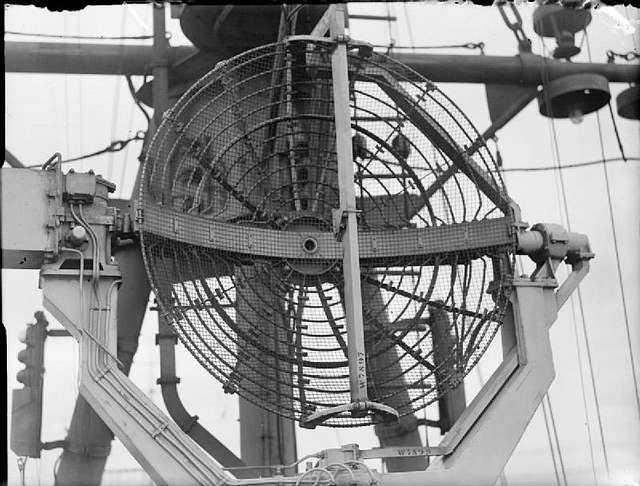
Radar’s origins in World War II had a profound impact on military strategy and transformed civilian applications in navigation, weather prediction, and air travel. Its technological legacy persists in shaping these fields in the modern world.
Radar Origins
- Radar technology, short for “radio detection and ranging,” was initially developed for military purposes during World War II.
Military Significance
- Radar played a pivotal role in enhancing military strategies during WWII.
- It enabled early detection of incoming enemy aircraft, leading to quicker response times and improved survival rates for allied forces.
- Radar was a crucial element in the defense of Britain during the Battle of Britain.
Civilian Applications
- Radar’s impact extended beyond wartime and found its way into civilian life.
- It revolutionized navigation by providing mariners with accurate and safe means of traversing seas, even in adverse weather conditions.
- Meteorologists embraced radar for tracking and predicting weather patterns, significantly improving weather forecasting.
- Radar became indispensable in air traffic control, ensuring the safe management of increasingly busy skies.
Technological Legacy
- Radar’s technological legacy continues to shape our lives today.
- It remains integral to modern navigation, weather forecasting, and air traffic control.
- The aviation industry relies on radar for precise and safe flight management.
Penicillin: A Lifesaving Antibiotic

Penicillin, one of the most significant war inventions, emerged as a life-saving antibiotic during World War II. Although discovered by Sir Alexander Fleming in 1928, it wasn’t until the war that its true potential was realized. Mass production of penicillin became imperative to treat the wounded soldiers, and its impact on medicine and the broader tech legacy of World War II was monumental.
Wartime Necessity
During World War II, the demand for effective treatments for bacterial infections soared. Penicillin proved to be a crucial weapon against diseases that had previously claimed countless lives on the battlefield.
Revolutionizing Healthcare
Penicillin revolutionized healthcare in the post-war era. This miraculous antibiotic changed the management of infectious diseases, transforming them from death sentences into treatable conditions.
Global Impact
Penicillin’s accessibility post-war had a global impact, saving countless lives worldwide. Its widespread use dramatically reduced mortality rates associated with bacterial infections.
Legacy in Medicine
Penicillin’s legacy in medicine endures. It paved the way for the development of other antibiotics and set the stage for modern healthcare practices.
Penicillin’s journey from a wartime innovation to a medical marvel showcases the profound influence of World War II on the tech legacy of healthcare. It forever altered the course of medicine and saved lives worldwide.
Nuclear Energy: From Destruction to Power Generation

During World War II, the race to harness atomic power resulted in the devastating atomic bombings of Hiroshima and Nagasaki. These catastrophic events left an indelible mark on history. However, the wartime pursuit of nuclear energy research also bequeathed a lasting legacy with significant implications for the world.
War Inventions and World War II
- The wartime period saw an intense competition between nations to develop atomic bombs, culminating in the Manhattan Project.
- The atomic bombings of Hiroshima and Nagasaki in 1945 marked the devastating culmination of these efforts, bringing World War II to a close.
Tech Legacy and Peaceful Applications
- Post-war, the world grappled with the realization that nuclear energy’s destructive power could not be undone. Still, it also recognized its potential for peaceful applications.
- The development of nuclear power plants emerged as a direct consequence of wartime nuclear research. These plants harnessed nuclear fission for electricity generation, introducing a new and potent source of energy.
Shaping Our Energy Landscape
- Nuclear power plants fundamentally transformed our energy landscape, offering a reliable and high-capacity source of electricity generation.
- Despite debates about safety and environmental concerns, nuclear energy continues to play a crucial role in providing power to millions of households and industries worldwide.
The wartime pursuit of atomic energy, while initially driven by destructive ambitions, ultimately laid the foundation for a profound shift in the world’s energy paradigm. The legacy of World War II’s nuclear innovations is one of both caution and potential, reminding us of the dual nature of human ingenuity—capable of destruction and, when harnessed wisely, capable of powering a brighter, more sustainable future.
Jet Engines: Transforming Air Travel
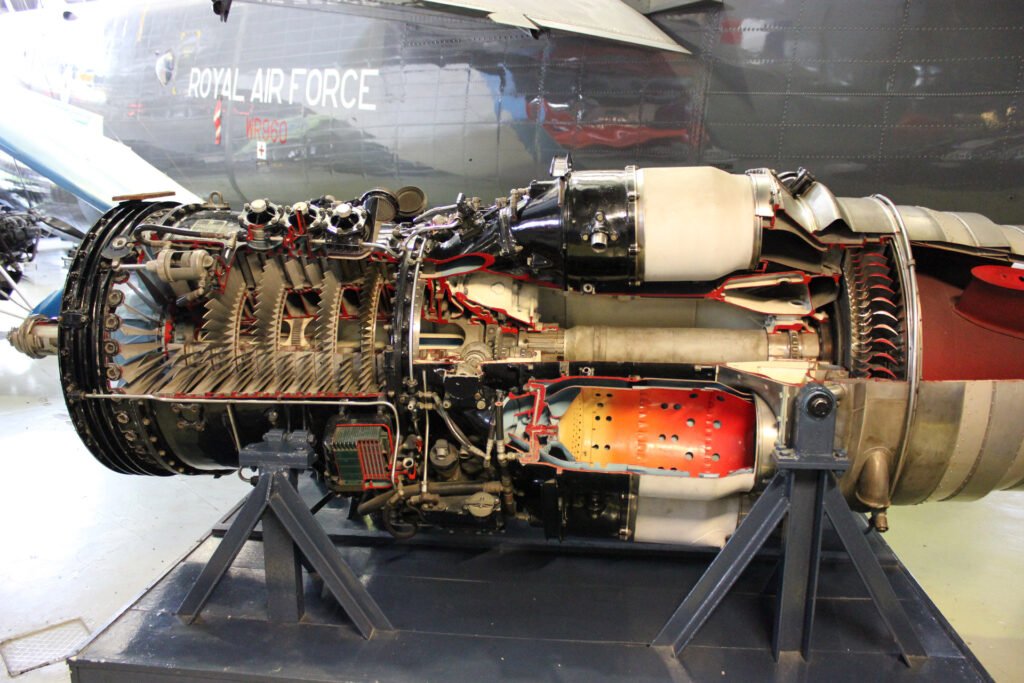
During World War II, the development of jet engines emerged as one of the notable war inventions. Jet-powered fighter aircraft such as the German Messerschmitt Me 262 and the British Gloster Meteor took to the skies, showcasing the potential of this groundbreaking technology. However, the impact of these advancements extended far beyond the battlefield.
In the post-war era, the tech legacy of jet engines would revolutionize air travel, making it faster and more efficient than ever before. Commercial jetliners like the Boeing 707 and the Douglas DC-8 became the flag bearers of this transformation, shrinking the world and connecting distant destinations. These innovations marked a pivotal moment in history, altering not only how we traverse the globe but also leaving an enduring legacy of progress in the world of aviation.
Digital Computers: Birth of the Information Age
Amidst the tumultuous backdrop of World War II and the relentless drive for war inventions, a remarkable transformation was taking place on the technological front. It led to a shift that would not only alter the course of military strategies but also bring about lasting changes in our daily lives. This section delves into the microwave oven, a product of wartime ingenuity that emerged from the war’s tech legacy. It revolutionized the culinary world and forever reshape how we prepare and enjoy our meals.
Microwave Ovens: From Radar to the Kitchen
World War II, known for its devastating impact on global history, also left behind a remarkable legacy of technological innovations. These war inventions, born out of necessity, later found their way into civilian life, transforming everyday existence. Among these groundbreaking innovations, one of the most notable is the microwave oven. Its origins can be traced back to the radar magnetron technology developed during World War II, showcasing the war’s unexpected and far-reaching influence on our daily lives.
Radar Magnetron’s Culinary Transformation
During World War II, the radar magnetron was a closely guarded secret used for military radar systems. However, its potential for culinary applications was soon recognized, marking the birth of the microwave oven.
Efficient Cooking Revolution
The microwave oven’s introduction into civilian kitchens was a culinary game-changer. Its ability to cook food swiftly and uniformly revolutionized meals preparation. This innovation saved valuable time in the kitchen, making it a boon for busy households.
Expanded Culinary Horizons
Microwave ovens opened up new culinary possibilities, leading to the creation of microwave popcorn and a wide range of microwaveable convenience foods. The convenience and speed of microwave cooking reshaped how we approach meals, particularly in today’s fast-paced world.
Widespread Adoption
The microwave oven’s adoption was swift, and it soon became a staple in kitchens worldwide. Its user-friendly interface and rapid cooking times made it a household essential, showcasing how a wartime invention can seamlessly integrate into civilian life.
The microwave oven is a shining example of how World War II’s technological innovations left a lasting imprint on our daily routines. From military radar to the heart of our kitchens, it demonstrates the unexpected and transformative impact of wartime inventions on the way we live and eat today.
Did World War 2 benefit everyone?
Despite its devastating consequences and human toll, World War II inadvertently led to several benefits for humanity through its war inventions and enduring tech legacy.
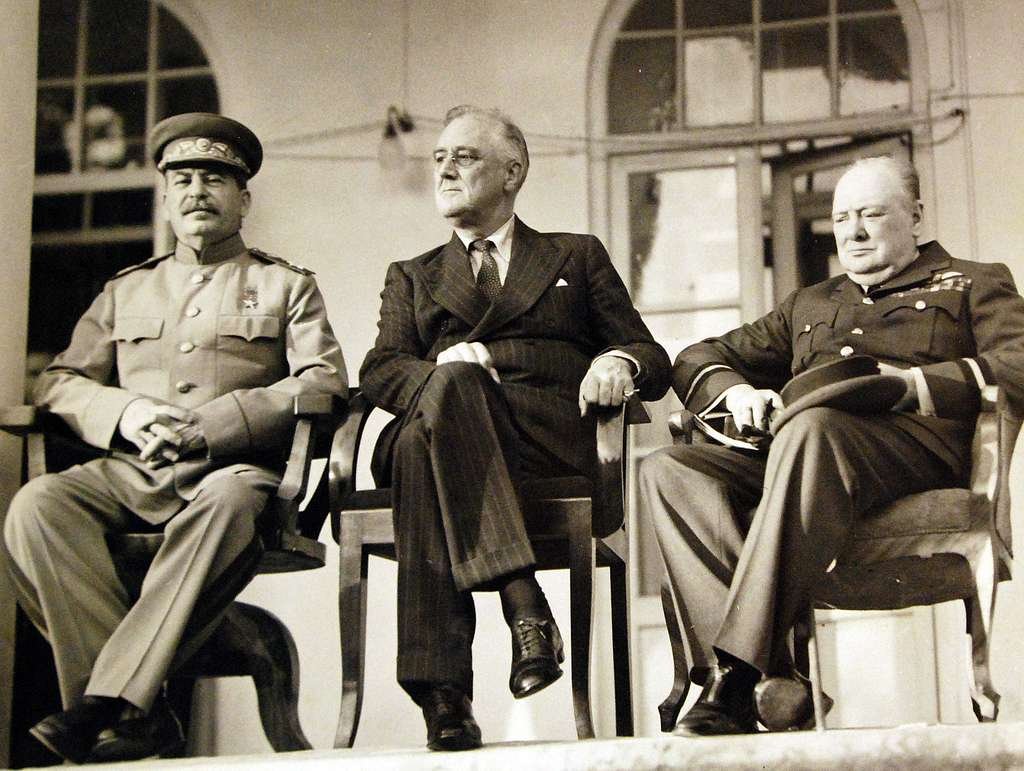
Advancements in Medicine
World War II accelerated medical research and development, leading to the mass production of antibiotics like penicillin. This not only saved countless lives during the war but also revolutionized healthcare and extended lifespans globally.
Technological Innovations
The war fueled rapid technological advancements, including the creation of radar and jet engines. These innovations not only played a critical role in the war but also had far-reaching implications for civilian life, transforming navigation, communication, and air travel.
Nuclear Energy
The development of atomic bombs during World War II, while devastating, also laid the groundwork for nuclear energy. Nuclear power plants emerged in the post-war period, providing a cleaner and more efficient source of electricity generation, benefiting societies around the world.
Digital Computers
The need for complex calculations during the war led to the creation of digital computers. These machines became the foundation of the information age, shaping scientific research, data processing, and personal computing, ultimately benefiting everyone in the modern digital era.
Economic Recovery
The post-World War II period saw significant economic recovery and growth, particularly in Western countries. This era of prosperity contributed to improved living standards, better education, and increased opportunities for many.
Political Changes
The war precipitated significant political changes, including the decolonization of many nations. This process increased self-determination and independence for formerly colonized regions and benefited millions by allowing them to shape their destinies.
International Cooperation
The horrors of World War II underscored the importance of international cooperation and diplomacy. This realization laid the foundation for organizations like the United Nations, which aims to promote peace, security, and collaboration among nations, benefiting global stability.
World War II’s war inventions have left an indelible mark on our world. The tech legacy of radar, penicillin, nuclear energy, jet engines, digital computers, and microwave ovens is a testament to human ingenuity. These innovations emerged from the crucible of war but have reshaped history and improved our lives in ways we never imagined. They stand as a testament to how necessity can drive invention and progress even in the darkest times.
